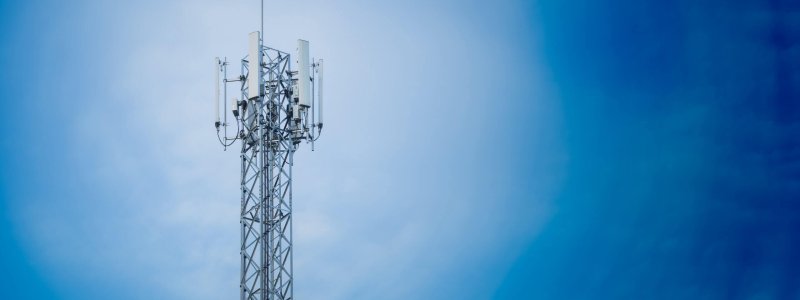The RFPS community plays host to a number of perennial debates – idle mode vs connected mode surveys; location surveys vs coverage surveys; test calls vs no test calls; scanners vs phone emulators – indeed, we’ve covered most of these topics in previous blogs and they continue to rumble on.
The ‘scanners vs phone emulators’ debate has sparked up again recently, driven partly by the upcoming end of the central contract to support CSurv survey devices.
CSurv, created by 3G Forensics Ltd, has been the workhorse of the UK LEA RF survey community for much of the last decade and has offered a robust, reliable and efficient platform for undertaking evidential RF surveys, but the central Home Office contract for supporting these devices runs out in the Spring and forces are scrambling to make alternative arrangements.
CSurv was firmly in the ‘phone emulator’ classification of RF survey device types, meaning that it contained discrete radio units that worked like ordinary mobile phones and in which the choice of network was determined by a SIM card. Other phone emulator options include Group 2000’s Lima multi-SIM device and phone-based alternatives from NEMO, TEMS and Forensic Compass. The ‘scanners’ class of devices include a variety of devices that, as the name suggests, scan through the cellular frequencies noting the cells that are detected. Scanners, provided by he likes of QRC, Rohde & Schwartz and Gladiator, do not contain SIM cards and do not emulate the actions of a mobile device, although some of them do attempt to replicate the cell selection decisions made by a phone.
The range of options for LEAs looking beyond Spring 2021 fall into three groups: renew their CSurv support directly with 3G Forensic; purchase an alternative scanner-based solution; purchase an alternative phone emulator solution.
I’m not sure there’s one right answer to this problem and, as I’ve argued in previous blogs, the best solution is to use a mix of scanners of phone emulators, but that kind of ‘let’s buy one of each’ approach is beyond the pockets of most LEAs. So instead of asking ‘what’s the best solution?’ maybe we should ask ‘what’s the most effective and pragmatic solution?’
The argument for phone emulators has always been that they are SIM-based and can be expected to make the same decisions in relation to cell selection as a phone would make; the corresponding argument against scanners has therefore been that they don’t necessarily make the same decisions as a phone would, although both QRC and Rohde & Schwartz devices employ complex algorithms to estimate the serving cell.
Conversely, the main argument for scanners and against phone emulators has always revolved around efficiency – one scanner, the argument goes, is able to survey the entire cellular radio band in one hit and can capture all cells whatever their network or technology very quickly, whereas one phone (or phone emulator radio) can survey just one network/technology at a time. Typically, a scanner could traditionally survey all cellular bands roughly once every second, but the ever-expanding set of bands used for cellular services – down into the 700MHz band, up in to the 3.5GHz band and, in the next year or so, into the 28GHz band and beyond – has led to the scan times gradually creeping up. Some estimates indicate that it could take up to 10 seconds to scan the entire expanded channel set, meaning that scanners would have a slower scan cycle than most phone emulators.
The biggest point of comparison between scanners and phone emulators though is, and has always been, price. A typical full-featured scanner (covering 2G-5G and WIFI) can cost between £50,000 and £150,000; individual handset-based devices cost around £5-7000 and federated sets of phone emulators (CSurv, Lima and ‘grouped handset’ devices like NEMO Walker and Forensic Compass FC-X) are priced in the £15-25,000 range. CSurv and Lima offer similar ‘band scan’ features, that provide most of the benefits of using a scanner but at the lower cost of a phone emulator.
As mentioned above, I’ve always argued that a mixed approached (fast, efficient ‘scan everything’ using a scanner and targeted, connected mode surveys using a phone emulator) offers the best of both solutions, but most organisations simply can’t afford to purchase both types of system. So the pragmatic solution, in my opinion, is to stick with a phone emulator – this offers the ability to quickly scan the required networks/technologies, whilst being confident that ‘phone-like’ cell selection decisions are being made plus not breaking the budget on equipment costs.
For full disclosure, I should at this point remind readers that Forensic Analytics is a distributor for the Group 2000 Lima survey device; but it is precisely because Lima ticks the boxes outlined above that we choose to become involved with it. Lima offers a similar ‘capture everything’ service to the higher-priced scanners, but also offers a centralised, ‘single box’ solution when compared to the ‘grouped handset’ approach of the NEMO and FC-X.
With CSurv reaching end of life for many forces, change is inevitable, and we’d argue strongly that a continuation of the SIM-based phone emulator surveying that has been the mainstay of UK LEA RFPS work for that last decode should continue into the next.




